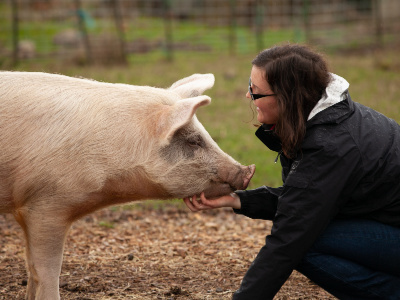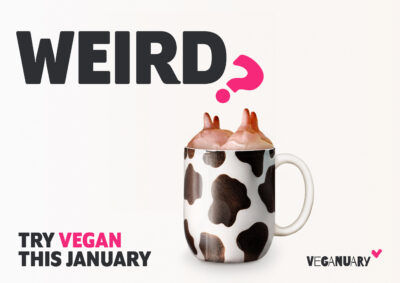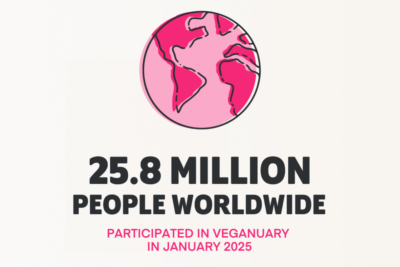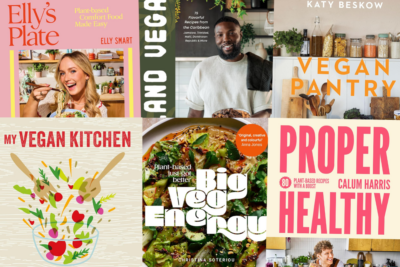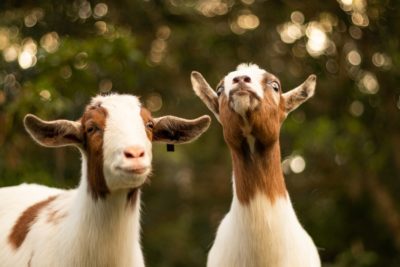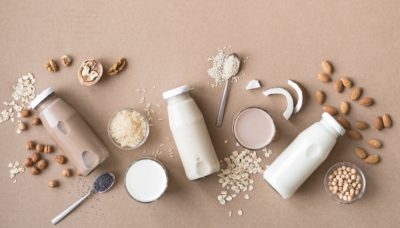Through his in-depth research into the environmental impacts of different foods, Oxford University researcher Joseph Poore made a startling discovery: the least sustainable soya milk was still better for the planet than the most sustainable dairy.
So, why is dairy so bad, and what can we do to minimise our food-related impact on the planet?
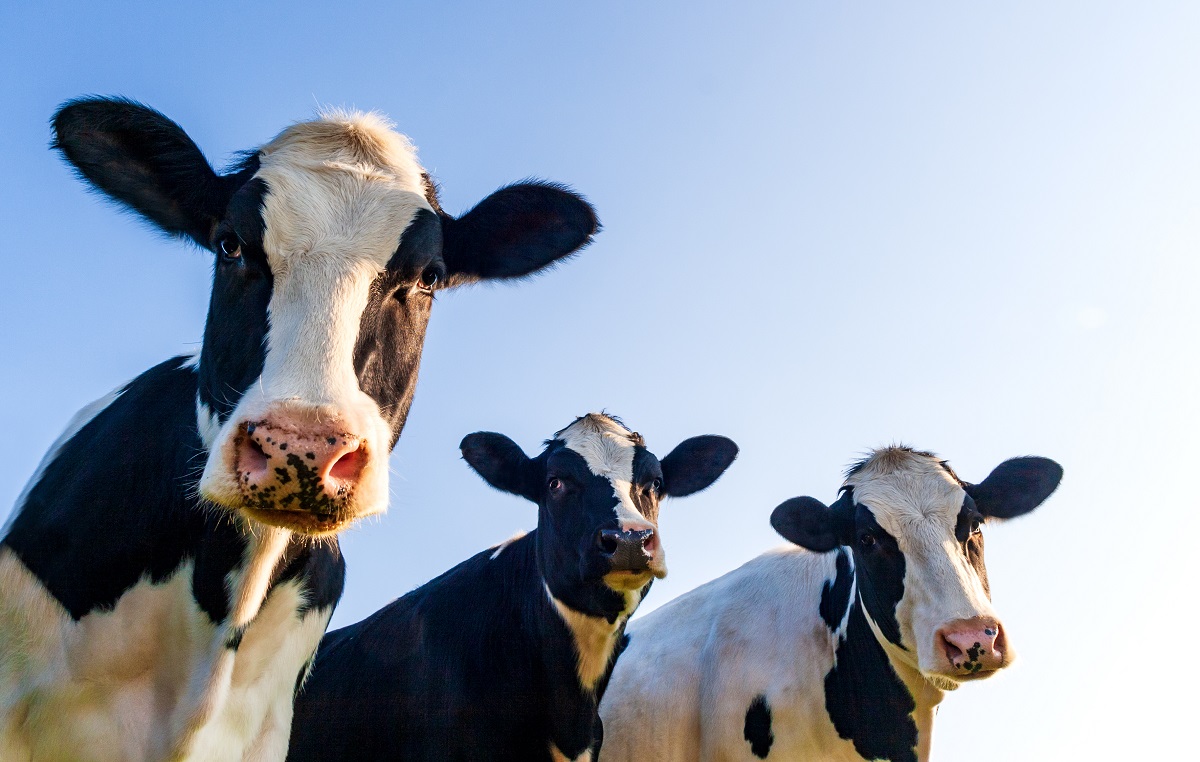
Methane and Climate Change
As well as the animal cruelty involved in dairy farming, there are environmental consequences of keeping cows in captivity.
Methane is a powerful climate-altering gas, which over a 20-year period is 84 times as warming as CO2. The United Nations says that reducing methane emissions is vital for tackling climate breakdown but where do we start?
Around 27 per cent of all human-related methane emissions come from animal agriculture, and through no fault of their own, cows are by far the biggest contributors.
The first issue is that cows are ruminants, and their digestive process creates methane. The second problem is that there are just so many of them. There are 270 million cows who have been bred into existence for their milk and each one burps out large quantities of this climate-altering gas.
Because of methane emissions and other climate-destroying processes, the 13 largest dairy firms in the world have been found to have the same combined greenhouse gas emissions as the whole of the United Kingdom.
Deforestation
One big problem with animal agriculture is that it is so wasteful – animals eat a lot more calories than are returned in their meat, milk or eggs.
And this means far more land is needed to grow food for them than if we just grew plants to eat ourselves. In all, 83 per cent of all available farmland in the world is used for animal agriculture but it gives us just 18 per cent of our calories. So wasteful!
And while the number of farmed animals continues to rise, the amount of available farmland does not. Instead of living within our means, we take the land we want from nature.
Forests and other vital habitats are cut down, not just for the grazing of cows but also to grow the soya that goes into their feed.
With the loss of forests, comes loss of wildlife and the displacement of indigenous people. Scientists have warned that we are now experiencing the world’s sixth mass extinction, and animal agriculture is a key driver.
River and Lake Pollution
All around the world our waterways are dying because of increasingly severe algal blooms.
This dramatic growth in algae blocks out the light, which prevents aquatic plants from growing, and takes oxygen from the water, which kills fish and insects.
Algal blooms are fuelled by nutrients such as phosphorous and nitrogen which are found in animal waste and in the fertilisers needed to boost production of crops to feed all the billions of farmed animals.
When these nutrients get into the waterways, the consequences are severe. All over the world – in the UK, the US, India, Ireland, New Zealand and anywhere where there is significant dairy farming – the same thing is happening.
The waterways are dying because of dairy and other animal agriculture. Environmental journalist George Monbiot calls it rivercide.
Ocean Dead Zones
The exact same thing is happening in the world’s oceans where algal blooms suck out so much oxygen from the water that marine species must flee or die.
Dead zones have been doubling every decade since the 1960s, and in 2008, there were 400 known dead zones.
Again, pollution by nutrients – from farmed animal and human waste, primarily – are responsible for this. If we don’t stop this devastating trend, further extinctions are inevitable.
What’s the Solution?
It’s a pretty simple (and tasty) one: go dairy-free. We can make small changes to our diet that will have a big impact in the world.
Since dairy milk produces three times as many emissions as soya milk, it’s easy to see why one simple switch can have a massive impact.
And plant milk is not always made of soya. There are many readily available varieties including oat, almond, cashew, hazelnut, hemp and coconut milk, which can be used in tea or coffee, on cereals, in milkshakes, in baking or just on their own.
Also look out for plant-based yoghurts, cream, cheese and ice cream – there are so many to choose from!
Make this one change today and be part of the compassionate movement for a kinder, more sustainable world. Try vegan for 31 days with us – it’s free!

